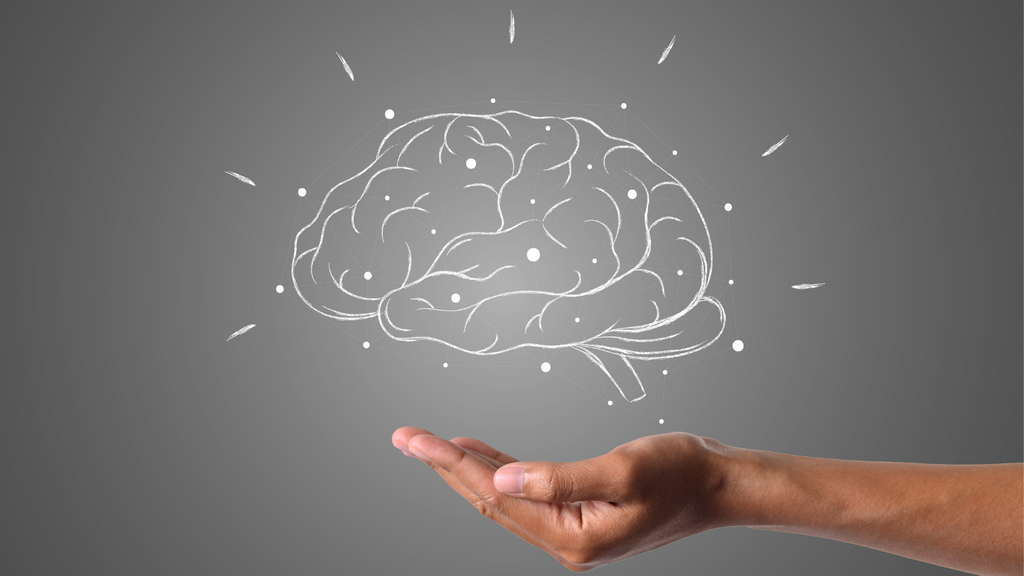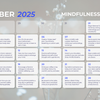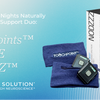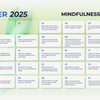BLAST and its role in stress management

By Nathan Hageman, M.D., Ph.D.
Currently, there are many different wellness devices that exist to reduce stress and anxiety. One of these is TouchPoints™, a wearable device whose therapeutic efficacy is based on bilateral alternating stimulation tactile (BLAST).
What is BLAST?
Bilateral alternating stimulation tactile, or BLAST, is a precise pattern, frequency, and type of sensory stimulation that has shown evidence of being an inhibitor of the human stress response and enhancer of memory recall. Specifically, BLAST consists of somatosensory vibrations (~10-55 Hz) in an alternating left-right pattern (a vibratory stimulus on the left side of the body followed by a vibratory stimulus on the right). Patients who have applied BLAST either in a therapy-directed or self-directed manner for as little as 30 seconds have shown a reduction in subjective and objective symptoms of stress; they also have demonstrated patterns of brain activity associated with slow-wave sleep and deep meditation. Studies have demonstrated that both the type and pattern of stimuli are important to see the effect of BLAST on the human stress response. In particular, visual (e.g., lights) or vibratory stimuli are effective in attenuating the stress response, but auditory stimuli are not (Nieuwenhuis, et al. 2013); in addition, the alternating pattern of stimuli is more effective than other patterns, such as a bilateral simultaneous or continuous pattern. BLAST is the basis for TouchPoints™, which are wearable devices that deliver BLAST in a self-directed manner.
Origins of BLAST
BLAST traces its origins back to a psychotherapeutic technique, called eye movement desensitization and reprocessing (EMDR). EMDR was pioneered around 1990 as a psychotherapeutic technique for treating patients with post-traumatic stress disorder (PTSD) (Shapiro, et al., 1989). In an 8-stage protocol, patients under the direct supervision and guidance of a psychotherapist are asked to focus on specific traumatic memories while being shown a visual stimulus (e.g., light) in an alternating pattern. Over repeated sessions, the negative stress associated with these traumatic memories is gradually extinguished. The mechanism of action underlying EMDR is not entirely clear but is thought to involve “rewiring” of these traumatic memories, making connections with higher more cognitively associated regions of the brain. This shifts sensory, fear-based (traumatic) to more verbal (declarative) memories, which lessens the emotional and somatic manifestations associated with them. BLAST is based on the pattern of alternating stimuli that is part of the EMDR protocol without the rest of the 8-stage protocol; it does not target specific traumatic memories as EMDR does. Since BLAST is administered when subjects feel acute stress, it is likely closely associated with “triggers” or stress-inducing stimuli/memories that can then be lessened and/or modified.
Mechanisms of BLAST
BLAST has been shown to reduce both the negative emotional and somatic symptoms of the human stress response. The underlying mechanisms that mediate this therapeutic effect are not known; however, there is evidence that the following play an important part:
- Modulate the sympathetic nervous system: stimuli result in a reduction in the activity of the sympathetic nervous system (responsible for our “fight or flight” response), leading to a reduction in the intensity of negative psychological states such as anxiety and depression, as well as reduced heart rate and blood pressure.
- Modulation of stress “triggers”: stimuli closely associated with individualized “triggers” for a stress response shift brain activity from emotional, fear-based brain regions to higher cortical cognitive-associated centers, leading to a gradual reduction in the strength of these “triggers.”
Both mechanisms likely contribute to the efficacy of BLAST in reducing stress. The mechanism described in (1) provides an acute, temporary reduction in stress by modulating the tone of the sympathetic nervous system; however, since the mechanism in (2) involves “rewiring” neural connections, it has more permanent, long-term effects.
Summary
The efficacy of using TouchPoints™ to reduce stress is based on BLAST, an alternating pattern of somatosensory stimuli based on EMDR that is an inhibitor of the human stress response. BLAST works by modulating the tone of the sympathetic nervous system and “rewiring” an individual’s stress “triggers.”




